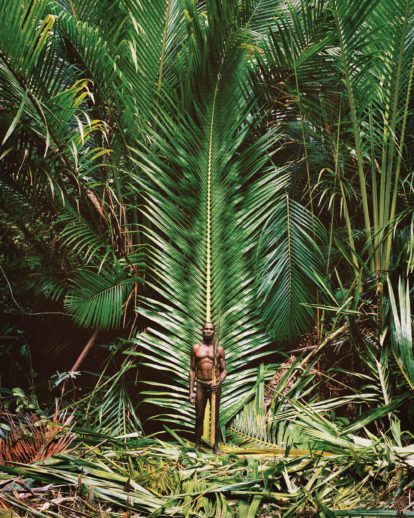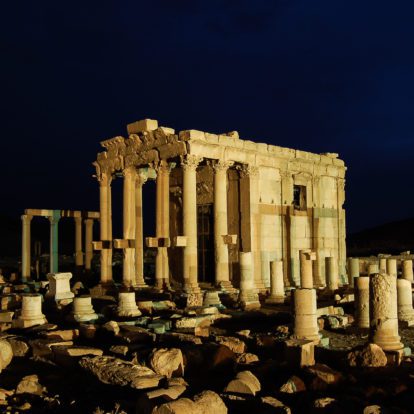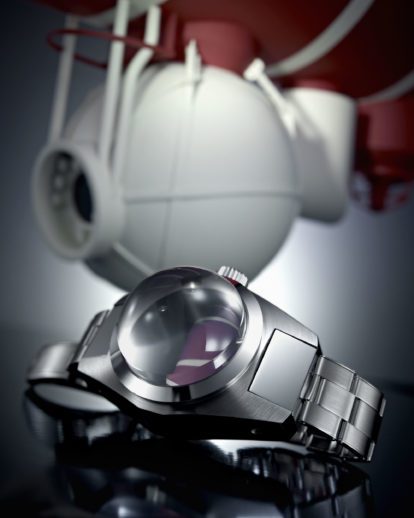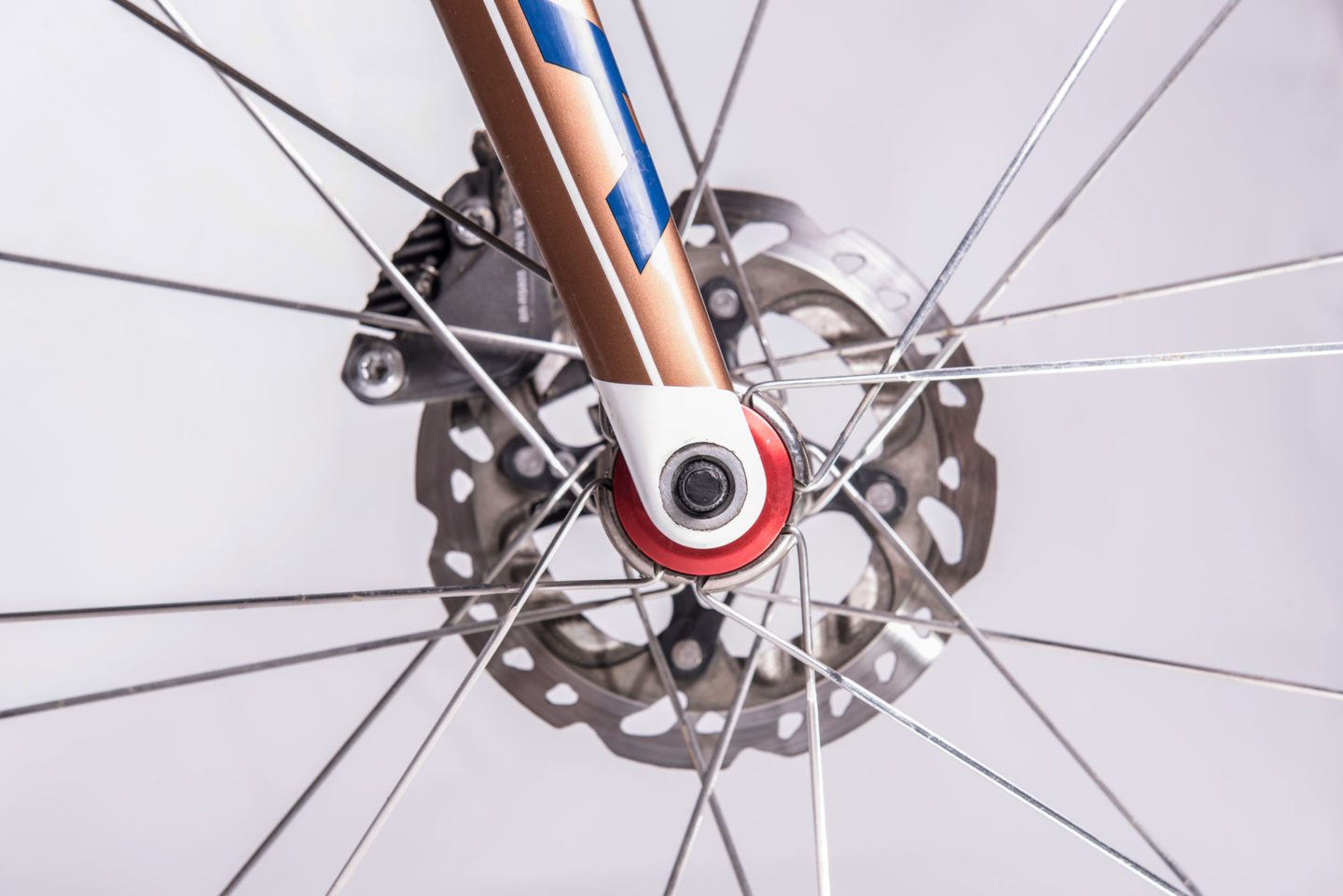
Bike: Mark rode a customised version of the KOGA Kimera. The frame and front fork are FEM optimised and fully constructed from High Modulus UD carbon with a very high tensile strength, resulting in a lightweight and stiff frame. Hydraulic disc brakes provide the ultimate stopping power in all conditions and Di2 electronic gears are extremely fast, accurate and effortless, allowing Mark to conserve energy, and ride efficiently.
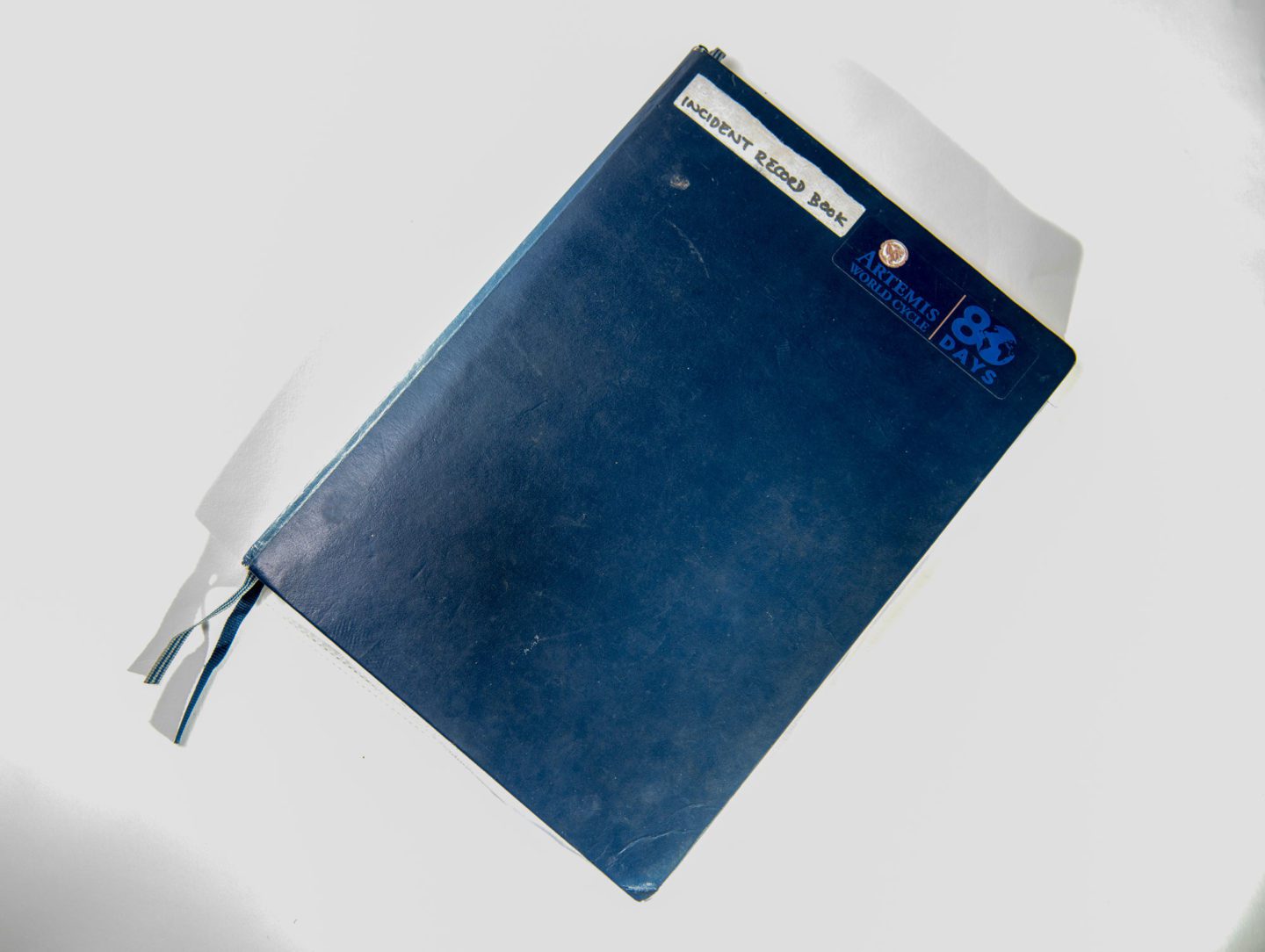
Incident record book: This notebook holds a daily log of the entire 78 days, 14 hours and 40 minutes racing 18,000 miles around the world across 16 countries. As well as any incidents and issues, it also has handwritten anecdotes by many of the team about each day’s adventures and so was a valuable resource for writing the book. For Guinness World Record verification this notebook was also used to collect witness signatures, ranging from British ambassadors to local policemen and members of the public.

Multitool: This Leatherman has been on all of Mark’s expeditions since 2011 when he rowed with a team through the high Arctic of Canada to show the extent of ice melt. It has also been around the entire Commonwealth in a filming project for the BBC in the build up to Glasgow 2014 and raced with Mark from Cairo to Cape Town on his World Record ride down the length of Africa. The blades, pliers, levers, screwdrivers and many functions have been used in countless fixes and tricky situations.

Helmet: In addition to the aerodynamic bike, Mark adopted an aerodynamic riding posture with significant payoffs. The handlebars and a Rudy Project aero helmet with either clear or smoke visor were designed in such a way that Mark could maintain his aerodynamic posture over long periods. Riding 16 hours a day broken into 4 x 4 hour sets meant starting at 4am every morning, with about 5 hours sleep each night. The helmet is incredibly light, with vents that could be closed in cooler climates to further help the aero advantage.
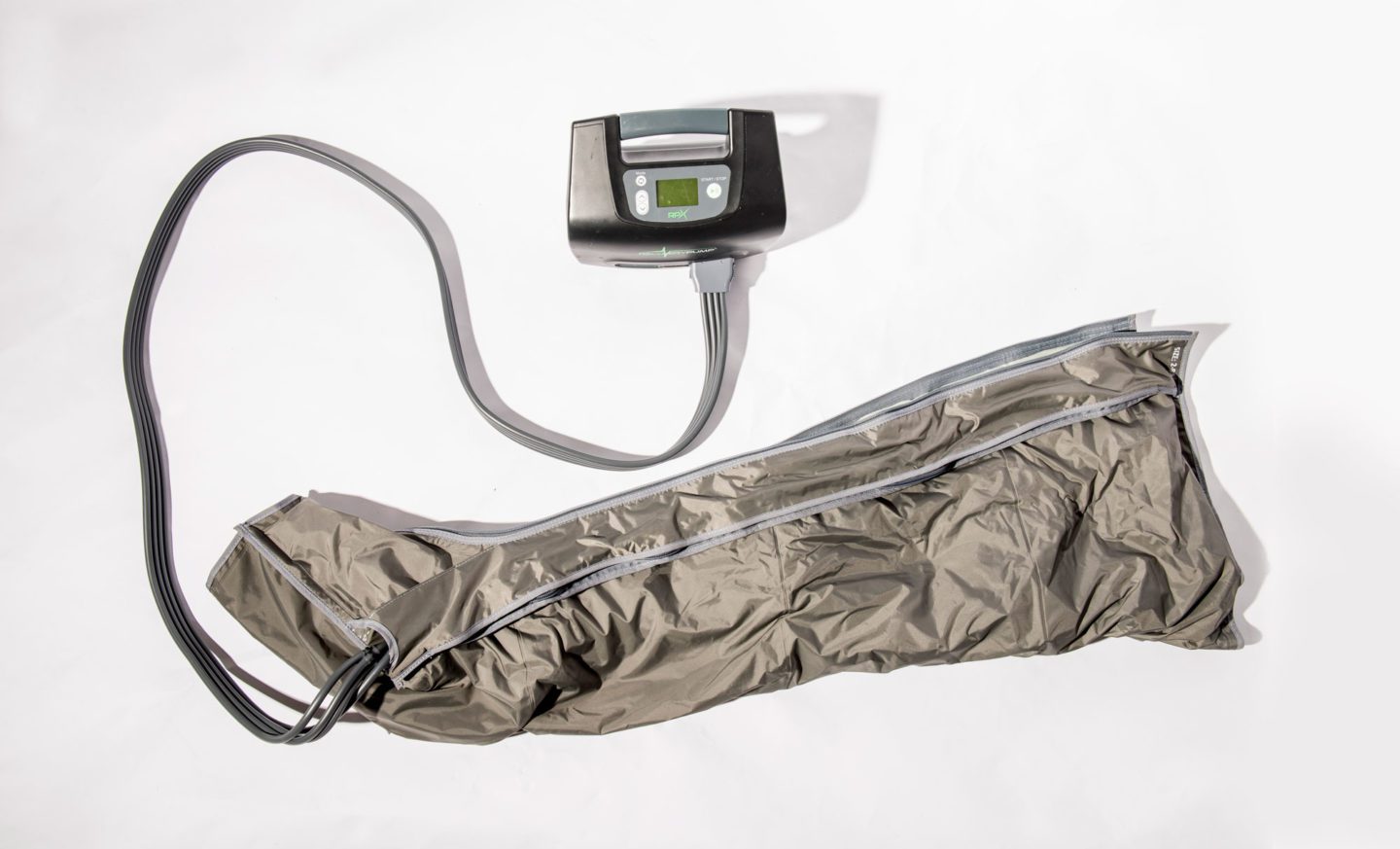
RPX Recovery Pump: Active compression for recovery was used every evening after Mark finished cycling 240 miles. As he ate his evening meal, finishing his 9000kcal per day diet, his legs would be forceably squeezed through these inflatable sleeves. It works by a sequential intermittent compression which speeds up recovery by increasing blood flow, venous return and effectively removing waste faster than traditional methods.
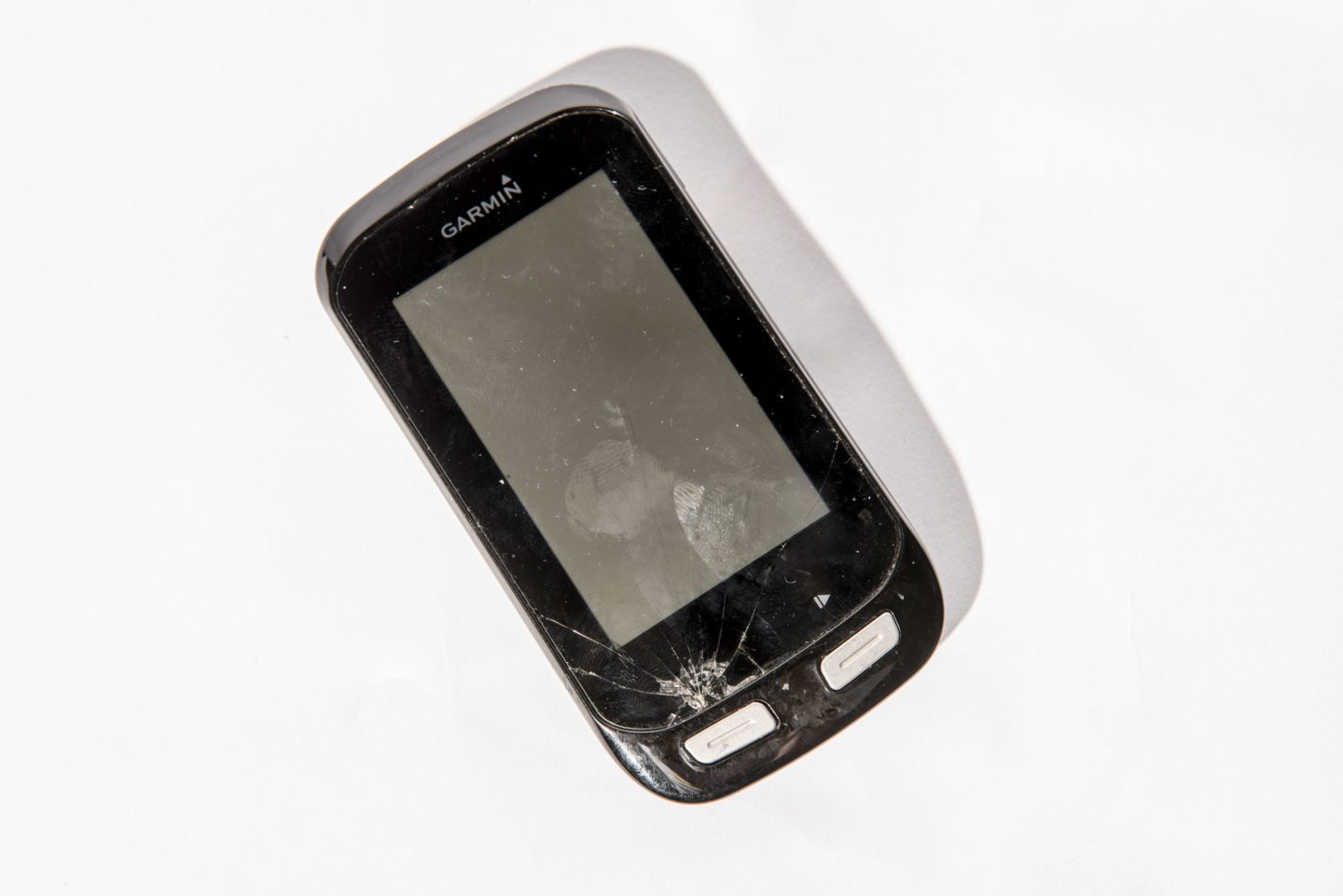
Garmin Edge 1000: Recording every pedal stroke of the 18,000 mile race was done through a series of bike computers and performance watches, which were backed up twice a day to the cloud making sure there were multiple tracks of data for Guinness World Record verification. The data fields included distance, speeds, cadence, power, heart rate, terrain and temperatures.

